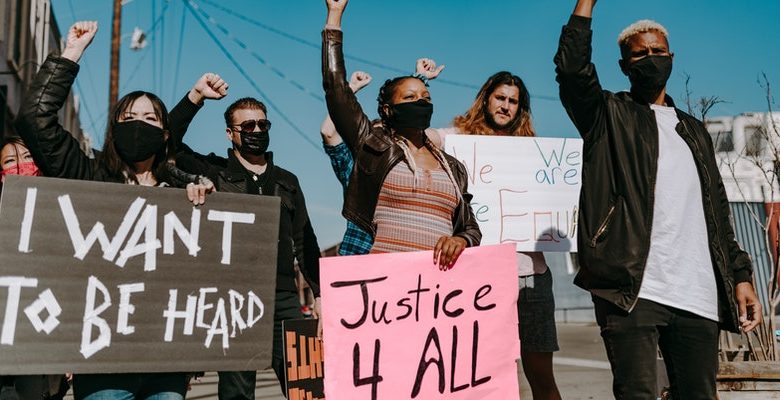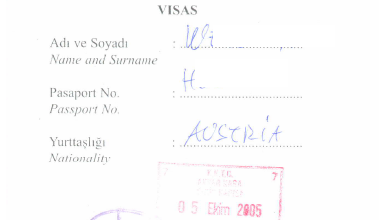Preparation and Safety Tips for Protesters and Activists

By Sierra Powell
Photo from Pexels
Depending on where you live, you may find yourself in a position where an organization or group does something you don’t approve of. When this happens, you may want to protest against them, but you also want to remain safe. This means you should go through the right preparation and safety tips to ensure you protect yourself while you stand up for your beliefs.
Consider Your Physical Health
As you attend a protest, you need to focus on your physical health and keeping yourself safe. This means you should bring some water with you, so you don’t get dehydrated while you protest. If you live in a warm area, the protest may go on for a while, so you can prevent heatstroke and any other heat-related problems.
You should also bring some sunscreen with you if you plan to stand in the sun for multiple hours. Depending on how long the protest lasts, you may need to bring some snacks or food with you, so you don’t end up hungry and uncomfortable while you participate in an important protest.
Know Your Local Laws
On top of keeping yourself safe, you should strive to keep yourself legally safe. Even though some people may break the law to show their commitment to the protest, others may not want to run the risk. This means you must do some research on the local laws before you participate in a protest in the area.
In addition, write down important contact information such as a lawyer or attorney on your arms or legs before you go to a protest in case you get arrested. Conduct research before you go to the protest about options in your area. For example, if you are in the area look up bail bonds in Los Angeles. Either way, you should avoid getting arrested in general. Focus on protesting peacefully and following your local laws to help you remain safe while also standing up for your cause.
Find the Right Spot for You
When you arrive at a protest, you may join a large group of people in the cause. However, you should avoid standing in the middle of the group in case an emergency occurs. Placing yourself in the middle puts you in a situation where you can’t easily run off or go to a safe area based on what could occur.
You should also think about the location of the protest. For example, you should avoid protesting on the side of a road since a car could get out of control and end up on the sidewalk. Instead, you should go to an open area when possible to avoid any potential problems.
Bring the Right Clothes
As you plan to attend the protest, you should consider what clothes you should wear during it. For example, if you live in a cold area, you should bring a jacket and warm hat with you, so you don’t get too cold during it. This comes down to checking on the weather and making sure you bring the right clothes to remain comfortable.
If you don’t know what weather to expect, you should bring an extra pair with you, so you can change your outfit if necessary. Make sure you also wear a comfortable pair of shoes, so your feet don’t get sore while you attend and participate in the protest.
Avoid Violence
Many areas allow peaceful protest, so this means you can’t get violent while you protest. For example, if someone gets aggressive, you shouldn’t join him or her and attack someone. Doing so can put you in a dangerous position where you could get hurt, or you could disturb the peace which would cause you to go to jail in the process.
Even if you don’t get involved with the violence, you should leave if a protest starts to get violent. You could end up in trouble due to your association, so you should focus on protecting yourself. After all, you should participate in a protest you believe in, but you shouldn’t support violent acts.
Conclusion
Peaceful protesting allows you to show how you feel without harming people. As you protest, you should focus on keeping yourself safe, so you can avoid problems and not go to jail. As you focus on preparing yourself and applying the right safety tips, you can make a statement without putting yourself in a risky position.



